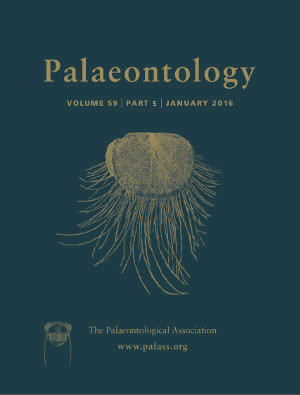Reg. Charity No. 1168330

There were multiple origins of metamorphosis‐undergoing protaspides in trilobite evolution: within the superfamilies Remopleuridioidea, Trinucleoidea, and within the Order Asaphida. Recent studies have revealed that the protaspides of the Cambrian representatives of the Remopleuridioidea and the Trinucleoidea did not undergo metamorphosis. However, ontogeny of the Cambrian members of the Order Asaphida has remained unknown. This study documents the ontogeny of the Furongian asaphoidean ceratopygid trilobite, Proceratopyge cf. P. lata Whitehouse, from northern Victoria Land, Antarctica. Two stages for the protaspid phase, five developmental stages for the post‐protaspid cranidia, and ten stages for the post‐protaspid pygidia have been identified. Interestingly, the protaspis directly developed into a meraspis without metamorphosis. A new cladistic analysis resulted in a single most parsimonious tree, according to which the presence of the bulbous commutavi protaspis turns out to be a synapomorphy for Asaphidae + Cyclopygoidea, not a synapomorphy for the Order Asaphida as previously suggested. In addition, it is inferred that there was convergent evolution of indirectly‐developing commutavi protaspides during the Furongian and Early Ordovician. Metamorphosis‐entailing planktonic larvae evolved in many different metazoan lineages near the Cambrian–Ordovician transition, due to the escalating ecological pressure of the Great Ordovician Biodiversification Event. Since the bulbous commutavi protaspid morphology is thought to be an adaptation for a planktonic life mode, the convergent evolution of the indirect development in the three trilobite lineages at this period might have been a result of adaptation to the early phase of the Great Ordovician Biodiversification Event.